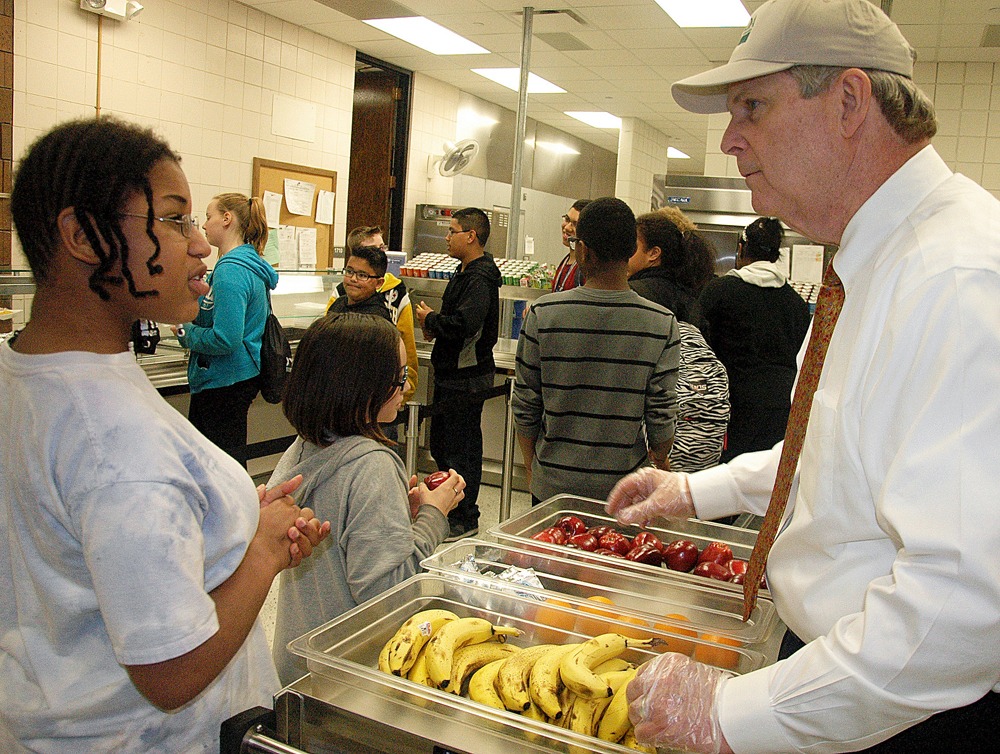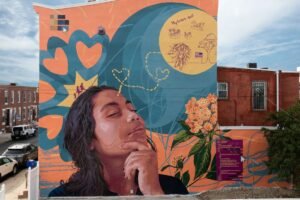
August 16, 2019; Shelterforce
An article in Shelterforce features an interview with two community development finance leaders, Bill Bynum and Jim King, who explain how rural poverty is often misunderstood.
People who haven’t gotten close enough to rural poverty to see it accurately, King says, sometimes “have a story in their mind about what it is” that isn’t necessarily correct or complete.
It’s an important story to get right. According to the US Census Bureau’s Annual Social and Economic Supplement to the Current Population Survey, nonmetropolitan places have had a higher poverty rate than metro areas since the 1960s. In 2017, American Community Survey data show the nonmetropolitan poverty rate was 16.4 percent compared to 12.9 percent for metropolitan areas.
King and Bynum know the nuances of impoverished rural communities first-hand. King is CEO and president of Fahe (originally, the Federation of Appalachian Housing Enterprises), which works across persistent poverty areas in Appalachia. Bynum is CEO and president of Hope Enterprises in the Mississippi Delta. In the interview, Bynum and King dismantle a few key myths about rural poverty.
Myth #1: Rural places lack capacity.
Bynum says he hears this notion from government agencies and foundations all the time. The reality, he says, is not a shortage of capacity but a shortage of resources. He points out that philanthropy doesn’t fund rural areas at the same rate as urban areas—“$41 per person in the Delta and Appalachia compared to $995 per person in New York”—that banks don’t reinvest in rural areas as much as in non-rural places, and that state and local tax bases tend to be low.
“There’s nothing that people in rural areas can’t do that other people can do if they have the opportunity and the resources,” Bynum said.
King notes that capacity looks different in rural places. In cities and places with larger populations, it’s possible to specialize; community development groups can focus closely on a single product or service, such as housing counseling. In rural areas, by contrast, nonprofits tend to be more integrated with the whole community, and they also tend to work more broadly.
“We’ve all got our hands in way more things than our counterparts of similar size in completely different markets,” said King.
Importantly, because capacity looks different in rural areas, it doesn’t fit neatly into the expectations of philanthropy, banks, or federal programs. “It takes a lot more explaining,” Bynum said, making it harder to attract grant and investment dollars.
Sign up for our free newsletters
Subscribe to NPQ's newsletters to have our top stories delivered directly to your inbox.
By signing up, you agree to our privacy policy and terms of use, and to receive messages from NPQ and our partners.
Myth #2: Rural places in different parts of the country have little in common.
Bynum describes the differences in poor, rural communities as “surface differences.”
“I think that often you see people’s interests being pitted against other people who are in a very similar situation,” Bynum says. “The poor people in Appalachia and the poor people in the Delta have a lot more in common with each other than they do with people who are wealthier. But that’s certainly not the dominant narrative that often comes out.”
Myth #3: “Rural” means one particular thing, or one kind of place.
Bynum and King point out that rural America is sometimes thought of as primarily white or as one kind of place—as Appalachia, for instance. Rural America is in fact diverse, and includes Black, white, Latinx, and Native American communities.
“Poverty crosses a lot of hues in this country,” Bynum says.
Within individual communities, there’s also diversity.
“Certainly,” Bynum says, “the Delta in Mississippi, Alabama, and Louisiana have higher concentrations of African Americans [than Appalachia]. But we have a lot of poor white folks in our region as well, and the inverse is true for Jim and for other areas.”
Myth #4: Community development works the same in urban and rural places.
The reality is that rural places face additional hurdles. On this, King and Bynum agree. Bynum notes that relationships that are key to many funding or investment transactions oftentimes don’t exist in rural places. Where they do exist, you see success, and where they don’t, you see less success. King adds that Fahe tends to “piece together” funding strategies for rural areas.
We get a little here, a little there, but there isn’t the same kind of attention that, say, when a group of foundations decide they want to tackle the issues of a place like Detroit. They understand what Detroit ought to look like if it was successful. We don’t have enough thinkers who know what a successful rural place really is.
To scale community development in poor rural places, organizations must partner, King and Bynum argue.
“Collaboration is a word that gets thrown around pretty easily, but if you want to get something really important done, you’ve got to be willing to risk something with your friends,” King said. “If the field was going to learn something, that’s the one.”—Catherine Jones











